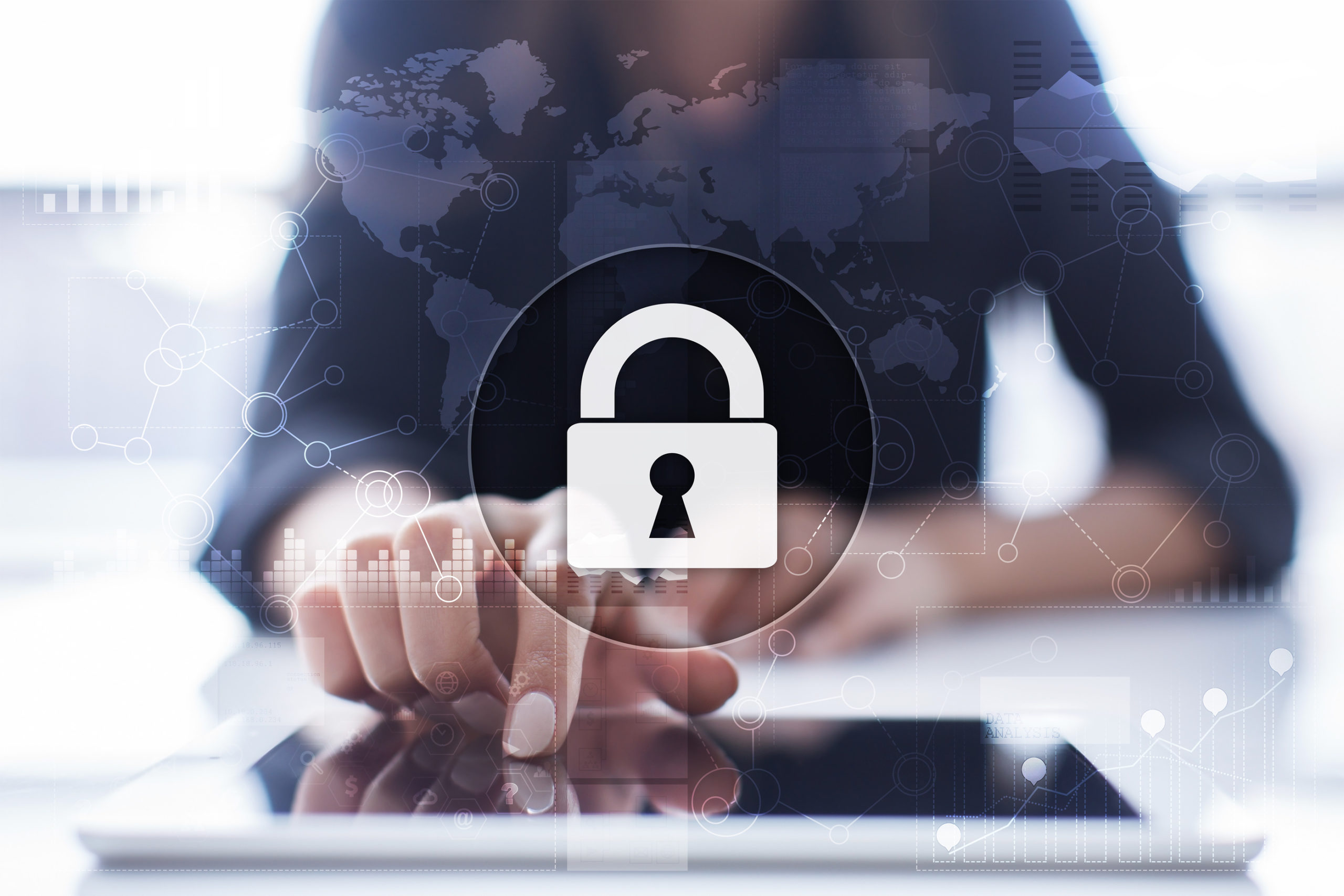
One of the surprising things that has happened over the last two months has been the exponential rise of online video conferencing.
With nearly everyone conducting life from home – including work, school, and family celebrations – Zoom, Skype, and other online meeting tools have become vital to staying connected and trying to accomplish some semblance of “normal.”
Weekly downloads of video conferencing apps during March saw an increase of 90% over pre-coronavirus numbers.
Employees are using online meetings to stay connected with their team and clients, schools are teaching in video classrooms, and families and friends are keeping in touch virtually.
But this mad dash to connect through video meetings has often been done on the fly and without any regard for things like home network security or meeting privacy.
The lack of being prepared by software makers, like Zoom, and the default trust given to the platforms by users, have led to an unfortunate pandemic-fueled phenomenon called “Zoom-bombing.”
What is Zoom-bombing?
Photo bombing is when an uninvited person shows up in your picture, but it’s usually done all in fun. Zoom-bombing on the other hand is malicious, and it’s when an uninvited person (or persons) shows up on your online video conference to disrupt your meeting.
Two recent Zoom-bombing incidents in New Jersey have included:
- Students of a Burlington County school being shown offensive content during an online class session
- A virtual meeting of the Long Hill Township Committee being bombarded with inappropriate comments
The problem has gotten so bad that the FBI has issued a warning about teleconferencing and online classroom hijacking during the pandemic.
Is it possible to still use video conferencing apps like Skype, Zoom, and others and avoid troublemakers disrupting your meeting?
Yes, you can keep your meetings private, you just need to know which settings to look for and implement when you schedule the meeting.
Use These Tips to Keep Online Meetings Private
While the phenomenon is named for Zoom because it’s been a popular platform for consumers to use during the crisis, gatecrashing an online meeting can happen in other applications as well if you haven’t properly secured your meeting.
Here are tips to avoid Zoom-bombing.
Keep Your Meeting Software Updated
In response to the Zoom-bombing problem, many online meeting software developers have been rushing out updates to improve security and default to more private settings.
Make sure you are keeping your meeting software updated so you can get the latest features.
Don’t Use Your Personal Meeting ID to Schedule Meetings
A feature that was designed to make life easier, is unfortunately also making it easier for gatecrashers to continually break into the same person’s meetings over and over again.
A personal meeting ID is one that stays the same every time, which can put you at risk of repeat Zoom-bombing. Instead, you want to generate a new meeting ID for every meeting you schedule.
Use a Meeting Password
This is another feature that many people often skipped to save time, pre-coronavirus. But with Zoom-bombers out there, it’s important to add another layer of protection by requiring meeting attendees to use a password to join your meeting.
Don’t Post Meeting Information Publicly
Those that intend to disrupt meetings are always on the lookout for publicly posted meeting information. Meeting programs make it easy to copy/paste the day/time and link to meetings, but unless you want to risk having your meeting rudely interrupted, you need to keep these details private to the attendees only and don’t post them on social media or public websites.
Use the Waiting Room Feature
Most video meeting tools will have a waiting room feature. This puts the user “on hold” virtually until you grant them access to the meeting.
You should use settings that only allow the presenter or meeting organizer into the meeting automatically and places everyone else in a waiting room. This allows the presenter to grant access to only those participants they know are legitimate.
Restrict the Default Features for Attendees
Video conferencing tools have multiple features that facilitate engaging meetings. But in the hands of Zoom-bombers, these can make their disruption more severe.
You want to ensure that only the presenter has the default option for the following:
- Screensharing
- Markup/doodling
- Private chat with other participants
You can also disable audio and video upon entry. While this might seem counterintuitive to a video conference, it will give you a few extra seconds to boot an unrecognized user out of the meeting before they can turn on their audio or video.
Lock Your Meeting (Zoom feature)
One of the features in Zoom is the ability to lock a meeting from the Participants panel once everyone has arrived. This is an ultimate protection against Zoom-bombing because it stops anyone from entering the meeting. Keep meetings, lessons and conferences fun with an interactive design made by a digital learning designer.
Just make sure everyone that needs to be is already in the online conference. Once you lock the meeting, no one can enter, even if they have the password.
Home Security Solutions for Employees, Students, and Everyone
Home computers and devices are being used now more than ever. Get peace of mind with managed and monitored home PC security with WebGuardian by Two River Computer.
Contact us today to sign up or learn more. Call 732-747-0020 or reach us online.


